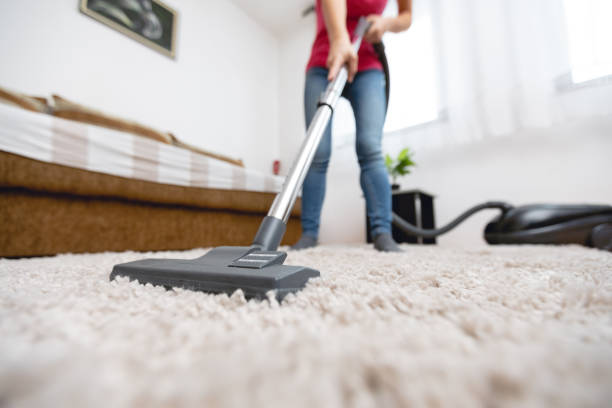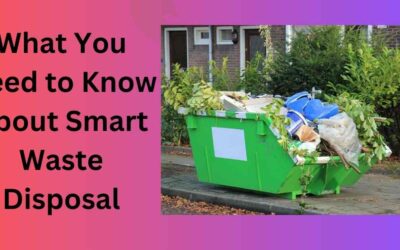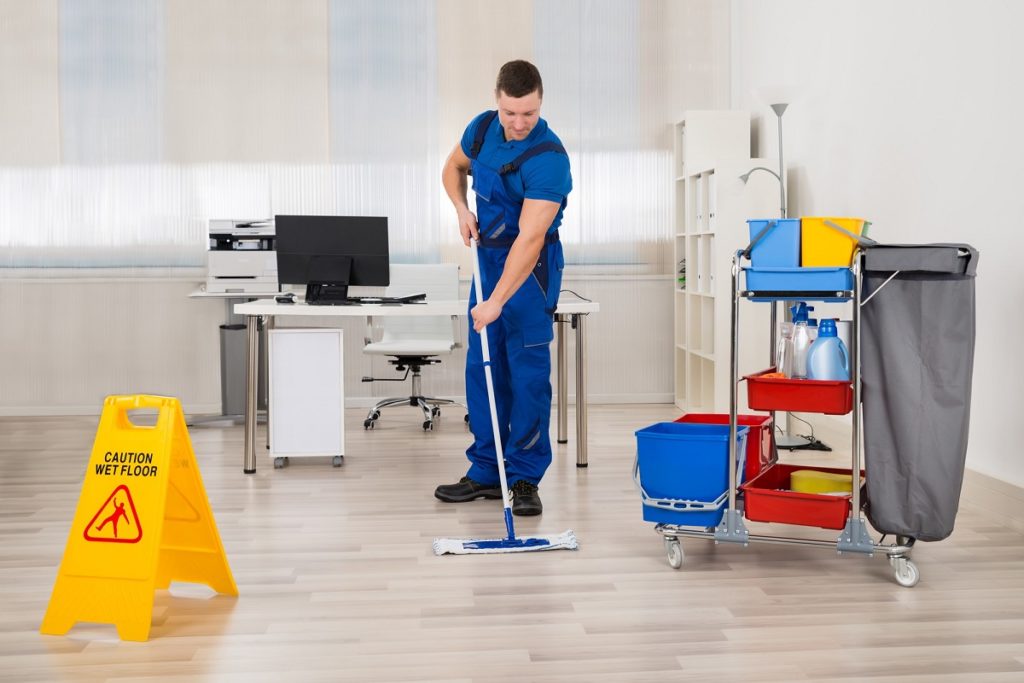Avoid Common Pitfalls: Bond Back Cleaning in Melbourne Explained

Moving out of a rental property in Melbourne involves many tasks, and one of the most crucial is bond back cleaning. This comprehensive cleaning process ensures that the property is returned in the same condition as when you moved in, which is essential for getting your bond deposit back. However, many tenants face common pitfalls during bond back cleaning that can jeopardize their refund. This guide will explain these pitfalls and provide practical advice on how to avoid them, ensuring a smooth and successful move-out process.
Understanding Bond Back Cleaning
Bond back cleaning, also known as end-of-lease cleaning, is a thorough cleaning of the rental property to meet the standards set by landlords and property managers. It covers all areas of the property, including kitchens, bathrooms, living spaces, and outdoor areas. The goal is to leave the property in pristine condition, minus normal wear and tear.
Why Bond Back Cleaning is Important
- Bond Refund: The primary reason for bond back cleaning is to ensure the return of your security deposit, which can be a significant amount of money.
- Legal Requirement: In Melbourne, tenants are legally required to return the property in a clean condition. Failure to do so can result in deductions from your bond for cleaning costs.
- Good Tenant Reputation: A clean property reflects well on you as a tenant and can provide positive references for future rentals.
Common Pitfalls and How to Avoid Them
1. Lack of Planning and Preparation
Pitfall: Many tenants underestimate the time and effort required for bond back cleaning and leave it until the last minute.
Solution: Start planning your cleaning well in advance of your move-out date. Create a detailed checklist of tasks for each room. This will help you stay organized and ensure that nothing is overlooked.
2. Not Understanding the Requirements
Pitfall: Failing to understand the specific cleaning requirements outlined in your tenancy agreement can lead to missed areas and deductions from your bond.
Solution: Carefully review your tenancy agreement and any condition report provided at the start of your lease. These documents outline the landlord’s expectations and can serve as a guide for your cleaning tasks.
3. Using Incorrect Cleaning Products
Pitfall: Using harsh or inappropriate cleaning products can damage surfaces and result in additional costs for repairs or replacements.
Solution: Use the right cleaning products for each surface. For example, use gentle cleaners for delicate surfaces like wooden floors and specialized cleaners for appliances. Avoid abrasive materials that can scratch or damage surfaces.
4. Neglecting Hard-to-Reach Areas
Pitfall: Overlooking hidden or hard-to-reach areas, such as behind appliances or under furniture, can lead to deductions from your bond.
Solution: Include these areas in your cleaning checklist and make sure to move furniture and appliances to clean thoroughly behind and underneath them.
5. Forgetting to Clean Outdoor Areas
Pitfall: Many tenants forget to clean outdoor spaces such as balconies, gardens, or garages, which are often part of the property.
Solution: Don’t neglect outdoor areas. Mow the lawn, remove weeds, clean outdoor furniture, and sweep balconies and garages.
Detailed Cleaning Guide for Each Room
Kitchen
- Cabinets and Drawers: Empty all cabinets and drawers, then clean them inside and out. Remove any food residues or spills.
- Appliances: Thoroughly clean all appliances, including the oven, stovetop, microwave, refrigerator, and dishwasher. Pay special attention to grease and grime.
- Sink and Fixtures: Scrub the sink and polish the fixtures to remove water spots and stains.
- Countertops and Backsplashes: Wipe down all surfaces and ensure they are free of grime and stains.
- Floors: Sweep and mop the floors, making sure to clean under appliances.
Bathroom
- Tiles and Grout: Scrub the tiles and grout to remove mold and mildew.
- Shower and Bathtub: Clean and disinfect the shower, bathtub, and any glass doors or curtains.
- Toilet: Clean the toilet bowl, seat, lid, and exterior thoroughly.
- Sink and Countertops: Wipe down the sink, countertops, and any cabinets.
- Mirrors and Fixtures: Clean mirrors and polish all fixtures to a shine.
- Floors: Sweep and mop the bathroom floor.
Living Areas and Bedrooms
- Floors: Vacuum carpets and mop hard floors. Consider professional carpet cleaning if necessary.
- Windows: Clean windows inside and out, including sills and tracks.
- Walls and Baseboards: Remove any scuff marks from walls and dust the baseboards.
- Light Fixtures and Fans: Dust and clean all light fixtures and ceiling fans.
- Doors and Handles: Wipe down doors, handles, and switch plates.
- Closets and Storage Areas: Empty and clean inside closets and storage spaces.
Additional Tips for Success
6. Address Repairs and Maintenance
Pitfall: Minor repairs or maintenance issues that are not addressed can result in bond deductions.
Solution: Take care of minor repairs before the final inspection. This includes filling holes in walls, replacing broken fixtures, and ensuring all appliances are in working order.
7. Conduct a Final Walkthrough
Pitfall: Skipping the final walkthrough can result in missed areas and potential bond deductions.
Solution: Conduct a thorough final walkthrough of the property using your checklist. This helps ensure that all areas have been cleaned to a satisfactory standard.
8. Consider Professional Help
Pitfall: Attempting to clean the entire property on your own can be overwhelming and may not meet the high standards required.
Solution: If time or resources are limited, consider hiring professional cleaners who specialize in bond back cleaning. They have the expertise and equipment to ensure the property is cleaned to the required standard.
9. Keep Documentation
Pitfall: Lack of evidence of the property’s condition can lead to disputes over bond deductions.
Solution: Take photos or videos of the property after cleaning to document its condition. This can serve as evidence in case of any disputes with the landlord or property manager.
Final Walkthrough
Before handing over the keys, conduct a final walkthrough of the property. Use your checklist to ensure all areas have been cleaned to a satisfactory standard. Check for any overlooked spots and address them immediately. This final inspection can help you identify and rectify any issues before the landlord’s inspection.
Conclusion
Avoiding common pitfalls in bond back cleaning is crucial for securing your full bond refund when moving out of a rental property in Melbourne. By understanding the requirements, planning ahead, using the right cleaning products, and addressing all areas of the property, you can ensure a thorough and successful cleaning process. Whether you choose to clean the property yourself or hire professional cleaners, a proactive and organized approach is key to a smooth move-out experience and a positive outcome for your bond refund. Taking the time to document the property’s condition and addressing minor repairs and maintenance issues further enhances your chances of a successful bond return.










